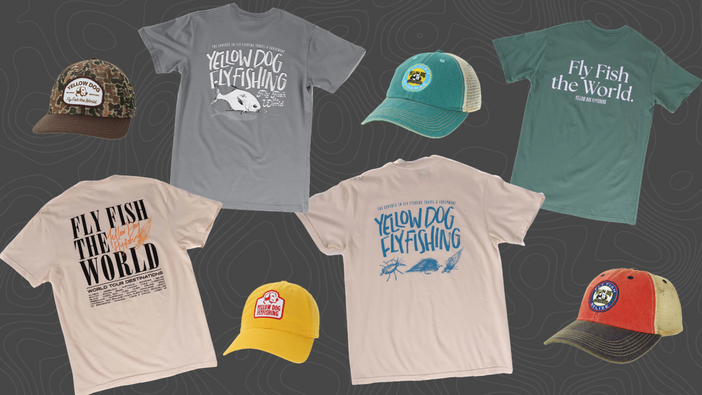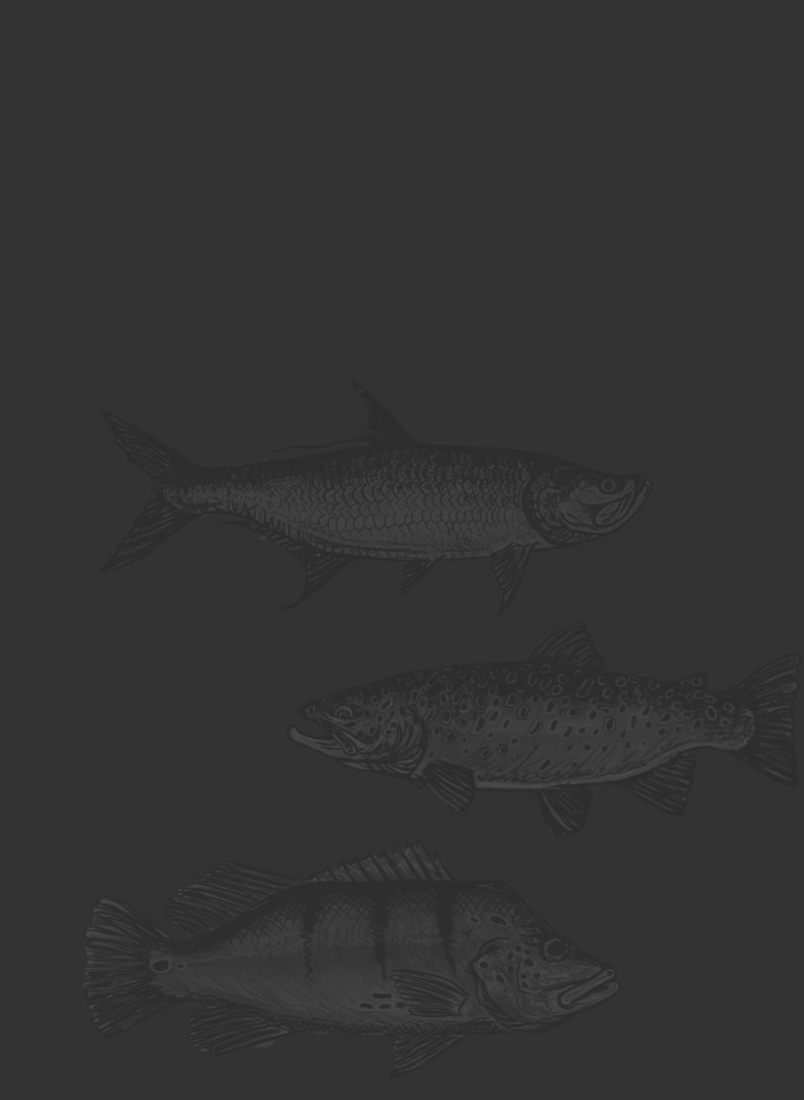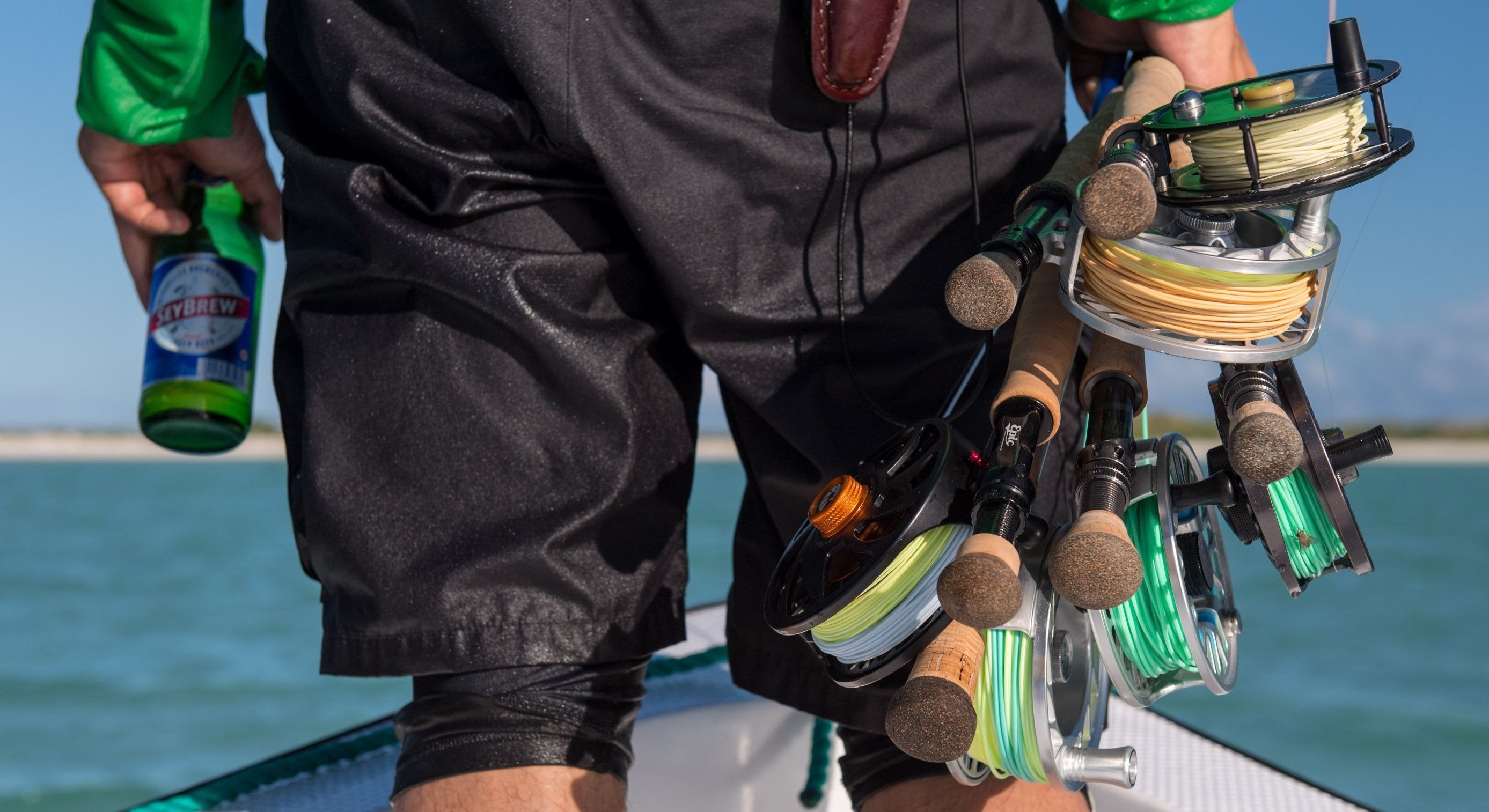So you’ve finally pulled the trigger on a fly fishing trip to Alaska. The plane tickets are booked, arrangements have been made for time out of the office, and excitement is at an all-time high. But then you look at your clothes and fishing gear scattered around the house and realize you are nowhere near finished packing. Packing for a fishing trip can be stressful; however, with a few pointers anyone makes packing quick and efficient.
When planning a trip to Alaska, one of the most important things to keep in mind is the weather can change at a moment’s notice so it’s critical to be prepared. In June and July anglers can typically expect temperatures in the 50s and 60s and then in August and September temperatures, on average, will be in the 60s with warmer days being in the 70’s. However, with weather systems moving off the ocean or mountain ranges, temperatures can fluctuate drastically so be sure to pack layers. A good rain jacket is crucial as well as a warm fleece or mid-layer, and then finally a non-cotton base layer. A Nano-puff synthetic jacket makes a terrific mid-layer since it's light and has little bulk while a non-cotton shirt will do great for your first layer.
+ Alaska Fly Fishing Equipment List
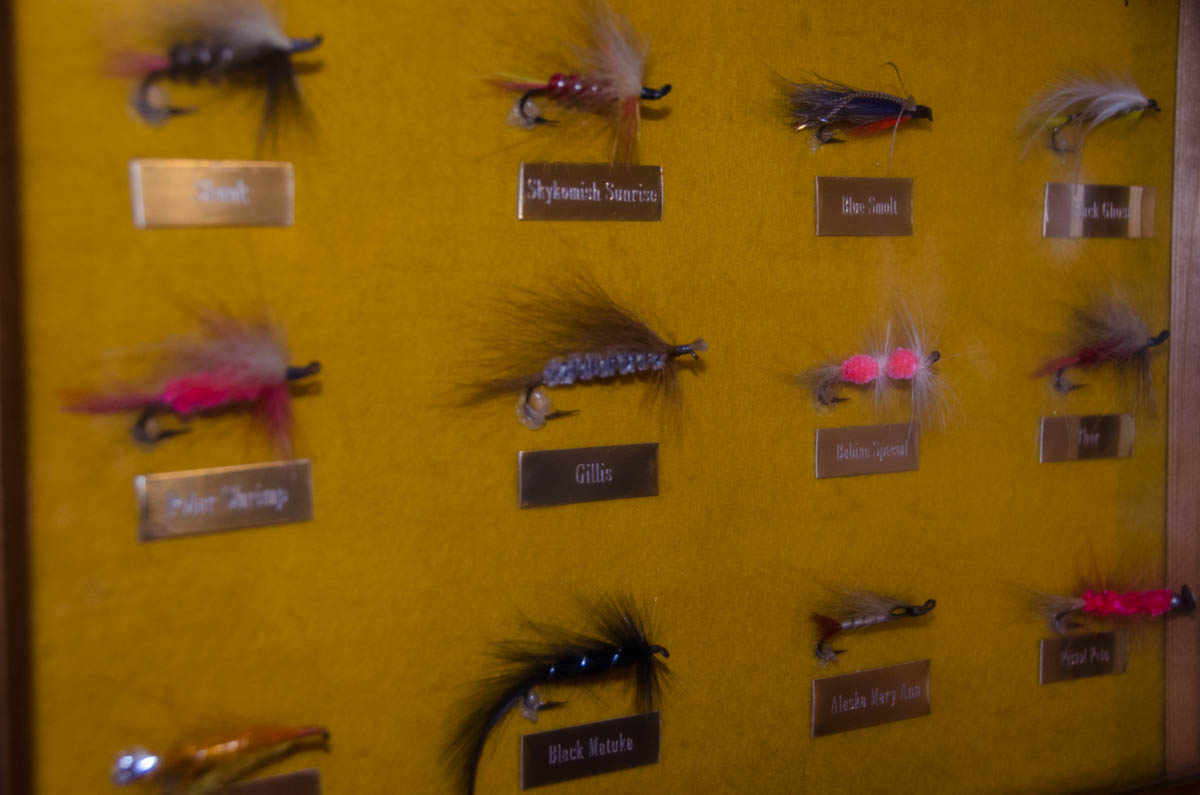
Make sure to pack your waders. No fishing trip to Alaska would be complete without your most important piece of equipment. With that said you should also make sure you’re waders don’t leak. Nothing can put a damper (literally) on a trip faster than pinholes. Turn your waders inside out and use a spray bottle filled with rubbing alcohol to cover the insides. Any pinhole will appear as a dark circle. After locating the hole use aqua seal or an equivalent to repair it. As for boots, be sure to bring ones that are rubber-soled. In 2012 Alaska banned the use of all felt-soled wading boots in its rivers and bodies of water.
Now that you’ve got your clothes laid out, we should discuss what you should bring for fly rods. Depending on which species you plan to target your rod will vary.
- Rainbow Trout, Char, and Grayling: 6 to 7 weight rod that’s fast enough to deliver a large fly in windy conditions. Bring a quality reel with a strong drag to hold up against long runs and should be able to hold a full line plus 150 yards of 20 lb. backing. A high quality, smooth disc drag is important. Be sure to use a floating freshwater line (WF5 to WF7 to match the rod). A sink-tip or “streamer express” line is also a good thing to bring (200 – 250-grain head).
- King Salmon: Pack 9 to 10 weight rods strong enough to cast large flies on a heavy sink tip. Again you should have a quality reel with a strong drag to hold up against long runs and should be able to hold a full line plus 150-200 yards of 30 lb. backing. A high quality, smooth disc drag is essential. For lines, use a sink tip (20-25 feet long) with 300 – 350-grain head. For shallow water conditions have a weight forward floating freshwater line as well to match rod weight.
- Silver, Chum, Sockeye, Pink Salmon, Steelhead, and Northern Pike: Pack 8 to 9 weight rods that are strong enough to cast, large, heavily weighted flies and sink-tip lines. Use a quality reel with a strong enough drag to hold up against big runs. Should be able to hold a fly line plus 150-200 yards of 20 lb. backing, and high quality, smooth disc drag is essential. Bring a WF floating freshwater line to match the rod weight along with a sink tip line with a 250 – 300-grain head.
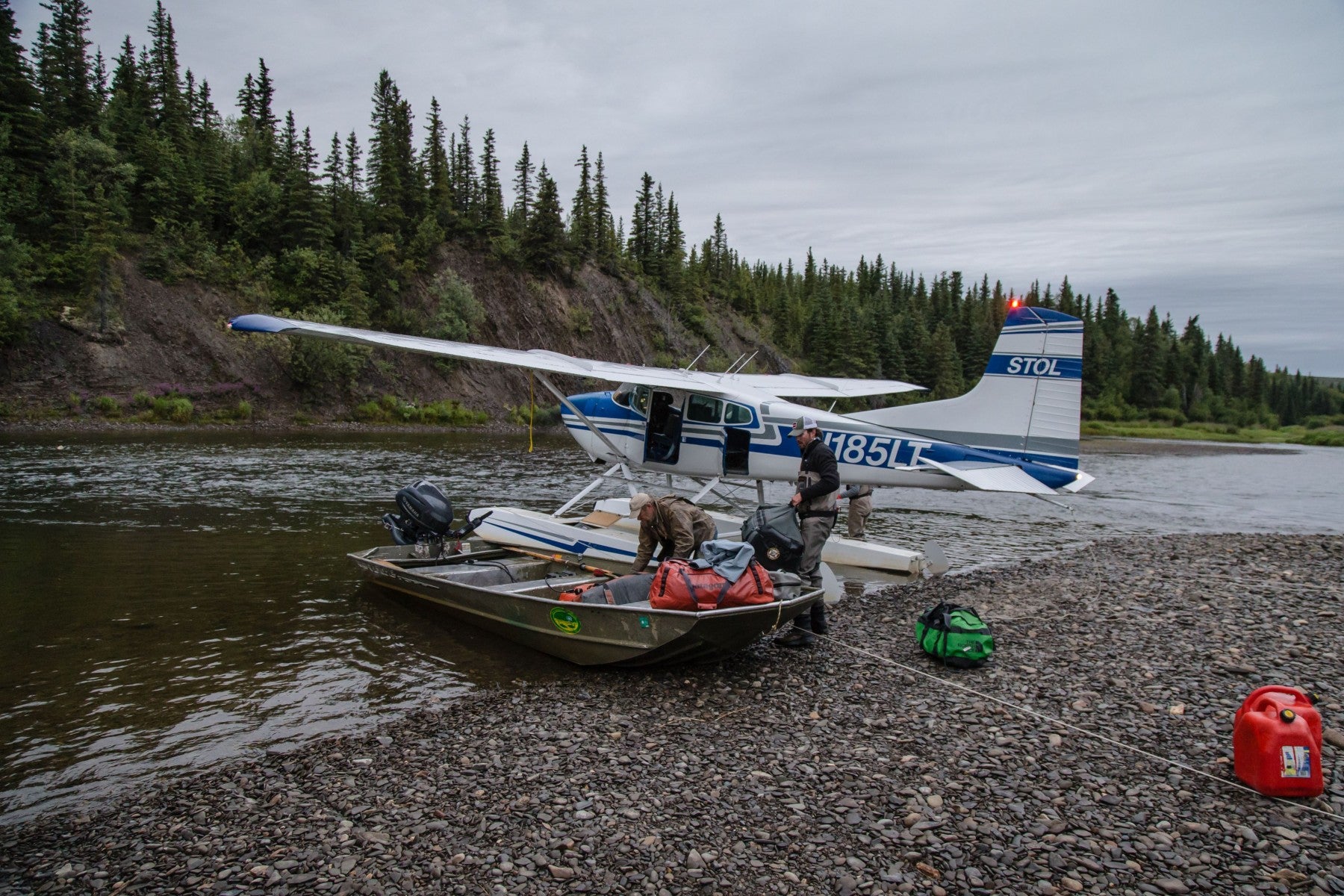
Aside from rods and reels be sure to pack your sunglasses. Having a quality pair of sunglasses will allow you to see in the water for that iconic sight-fishing experience. We recommend a light amber, copper, or brown color, as well as a pair with grey lenses for overcast days. In addition to sunglasses, insect repellant is a staple for every trip to Alaska.
Talk to any Alaskan guide and they can tell you about apocalyptic clouds of mosquitos. That may be a bit of an overstatement but take heed, mosquitos are extremely prevalent, and you should be adequately prepared with bug spray that contains DEET. Along with your bug spray, you should pack sunscreen as well.
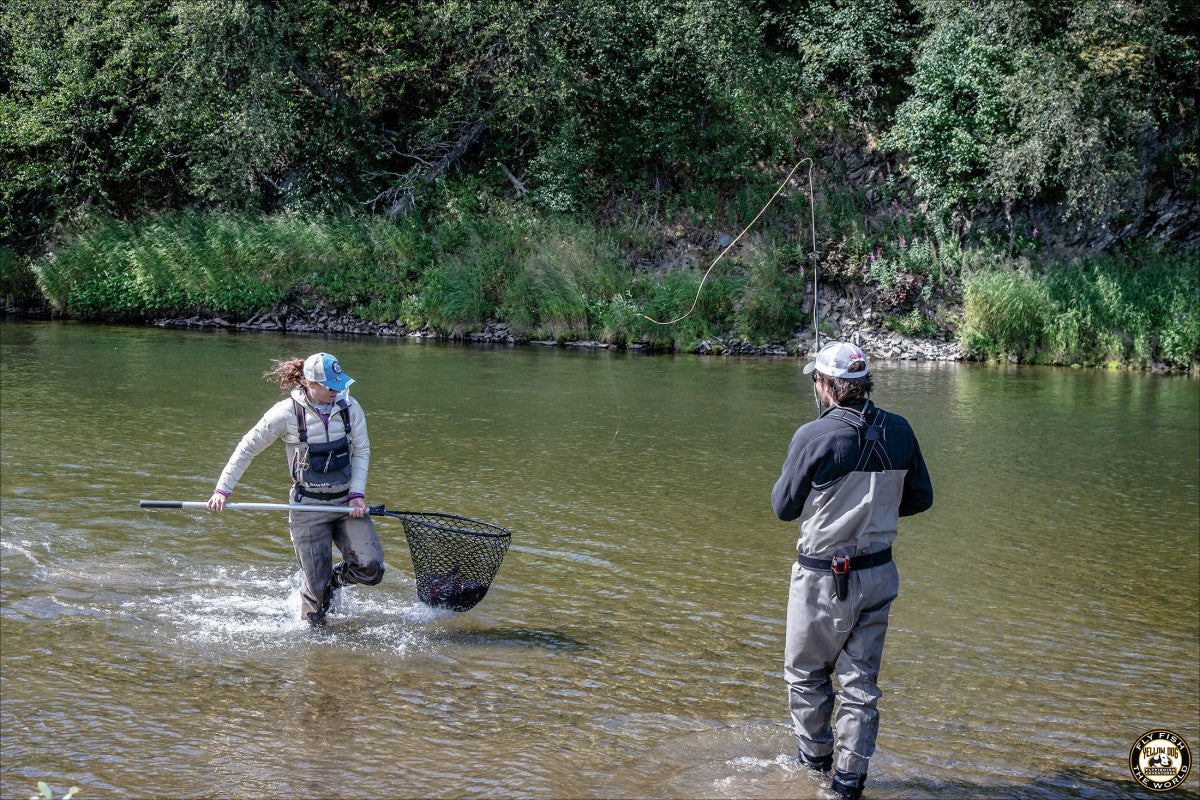
Since Alaska is so far north, the sun will shine all day long during the summer months. With up to 18 hours of sunshine a day, it’s important that you protect your skin from the harmful rays.
With a little preparation, your trip and experience in Alaska will be nothing but pleasant. And as always, don't hesitate to contact Yellow Dog with any questions or last-minute concerns.
+ Listen to this WAYPOINTS Podcast: CAMILLE EGDORF - Alaska Trip Planning and How to Do it Right
Related Articles:











